How to make a cushion cover – 5 easy envelope cushion cover designs
Wondering how to make a cushion cover? Give a room an instant lift by sewing one of these cushion cover designs with our step-by-step guide.
Not sure how to make a cushion cover or even where to begin?
Cushions are a quick and easy way of updating any room, and let’s be honest, there's no such thing as having too many. Whether you’re looking to add some extra comfort or a pop of colour to your living room or bedroom, you can whip up a new cushion cover in no time.
We've got five different types of envelope cushion covers you can make with step by step instructions for each.
For each of the following designs, start by making an envelope cushion cover.
How to make an envelope cushion cover
- Cut a piece of fabric 4cm bigger than your cushion pad – for example if your pad is 40cm x 40cm, cut a piece 44cm x 44cm. This is the front of your cushion. To create the back, cut two pieces the same width as your front piece of fabric and 15cm shorter in length. So for a 40cm x 40cm cushion, you’ll need to cut two pieces of 44cm x 29cm.
- Hem one 44cm side on each of the two back pieces (turning 1cm over, then another 1cm), then lay the front panel flat with ‘right’ side up and the back pieces on top with ‘right’ sides down and the hems overlapping in the centre.
- Stitch the four outside edges together, 1cm in from the edge. Turn inside out, poke corners out and slot the cushion pad in.
Each cushion cover will need a cushion pad. These are available in a wide range of sizes, with 40cm x 40cm the standard size. Prices depend on the filling, with polyester ones starting from under £1, and feather ones costing around £5.
How to make a starburst pillow
You will need
- Envelope cushion
- Fabric pieces and pad
- 17 large shell buttons
- 20 small shell buttons
- Fabric pen
Instructions
- Lay what will be the front of your cushion flat and decide where you want your starburst. If, like ours, you want a corner position, place one large button 15cm in from the side and top – this will be your centre button.
- Mark the position with a fabric pen, then use a ruler and the pen to mark the position of the small buttons – five each out to the top, bottom and sides, forming a cross. Then do the same for the large buttons – diagonally in rows of four out from the centre point. Sew on the buttons and finish making the cushion.
OR try sewing buttons as a border, 3cm in from the edge.
How to make a flouncy no-sew bow
You will need
- Ready-made cushion2.5m of wide ribbon (ideally 8cm wide).
- Choose a soft ribbon, such as organza, for a delicate touch, or velvet for a luxurious feel
Instructions
- Use the ribbon to tie a bow around the cushion as if wrapping a parcel, leaving 10cm-length tails.
- Cut the ends at a 45° angle, making sure both are equal in length.
OR try using a piece of raw silk fabric instead of the ribbon. Either turn under a 1cm hem or fray the edges for a relaxed look.
How to make a corsage cushion
You will need
- A ready-made cushion
- Scraps of three medium-weight fabrics
- Buttons
- Brooch
- Felt square
Instructions
- Draw three different-sized flower templates onto a piece of paper or card.
- Use the templates to cut out two of each size flower in three different fabrics. Arrange the flowers in their fabric groups in ascending order, the smallest on top.
- Place a button on top of the smallest flower, and use a needle and thread to sew through the button and
secure the pile of fabric flowers together. - Cut a small piece of felt out and place it between the back of the flower and the brooch pin, stitching both securely in place. Do this for all three corsages, then pin them to the cushion.
OR try pinning costume jewellery brooches to the cushion instead – not too comfortable to sit against, but they’ll look dazzling and vintage in style.
How to make an Oxford-edge cushion
You will need
- Fabric
- Embroidery silk
- Cushion pad
- Needle
Instructions
- Using our basic envelope cushion method (left), make a cover in your chosen fabric but add 5cm extra (or however wide you’d like your Oxford edge to be). For a 5cm edge, if your pad is 40cm x 40cm, then cut a piece 49cm x 49cm.
- Once made, turn the right way round and sew a running-stitch square 5cm inside the edge with a needle threaded with two strands of embroidery silk.
OR try machine-stitching rickrack (the zigzag-style trimming) onto the cushion, instead of running stitches, to form your edge.
How to make a piped cushion
Here's a step-by-step guide on how to make a piped cushion.
You will need
- Fabric (we used Kalika, ref 1178/03, col Granite/Dijon, £27.75 a metre, Villa Nova)
- Contrast fabric in slate grey for piping
- Piping cord
- Matching thread
- Tacking thread
- 46cm-square cushion pad
Instructions
- Cut a 49cm square of fabric for the front of the cushion and two 49cm by 32cm rectangles for the back of the cushion.
- Cut enough 4cm strips of contrast fabric to fit around the cushion when joined – around 2 metres. Stitch to form a strip then press in half lengthways and sandwich a length of piping cord between.
- Stitch a 1.5cm hem along one long edge of each of the back pieces.
- Lay the front fabric right side up on a flat surface. Matching raw edges, pin then tack the piping in place all round the right side of the cushion front (see illustration), overlapping the two ends slightly. Remove pins.
- Right sides facing and matching raw edges all round, place the two back pieces on top of the front piece so that the hemmed edges overlap in the centre and the piping is sandwiched in the middle. Pin all round.
- Stitch cushion all round taking a 1.5cm seam. Trim seam allowance, clip corners, remove pins, turn through and press. Insert cushion pad.
How to sew a running stitch
A line of small, neat stitches that are equal in length, running stitch is also useful for creating gathers – sew two parallel rows of stitches close together along the fabric. Pull the ends of the threads gently to gather. This stitch also makes a simple embellishment, as used here on the Oxford-edge cushion.
Get the Ideal Home Newsletter
Sign up to our newsletter for style and decor inspiration, house makeovers, project advice and more.
-
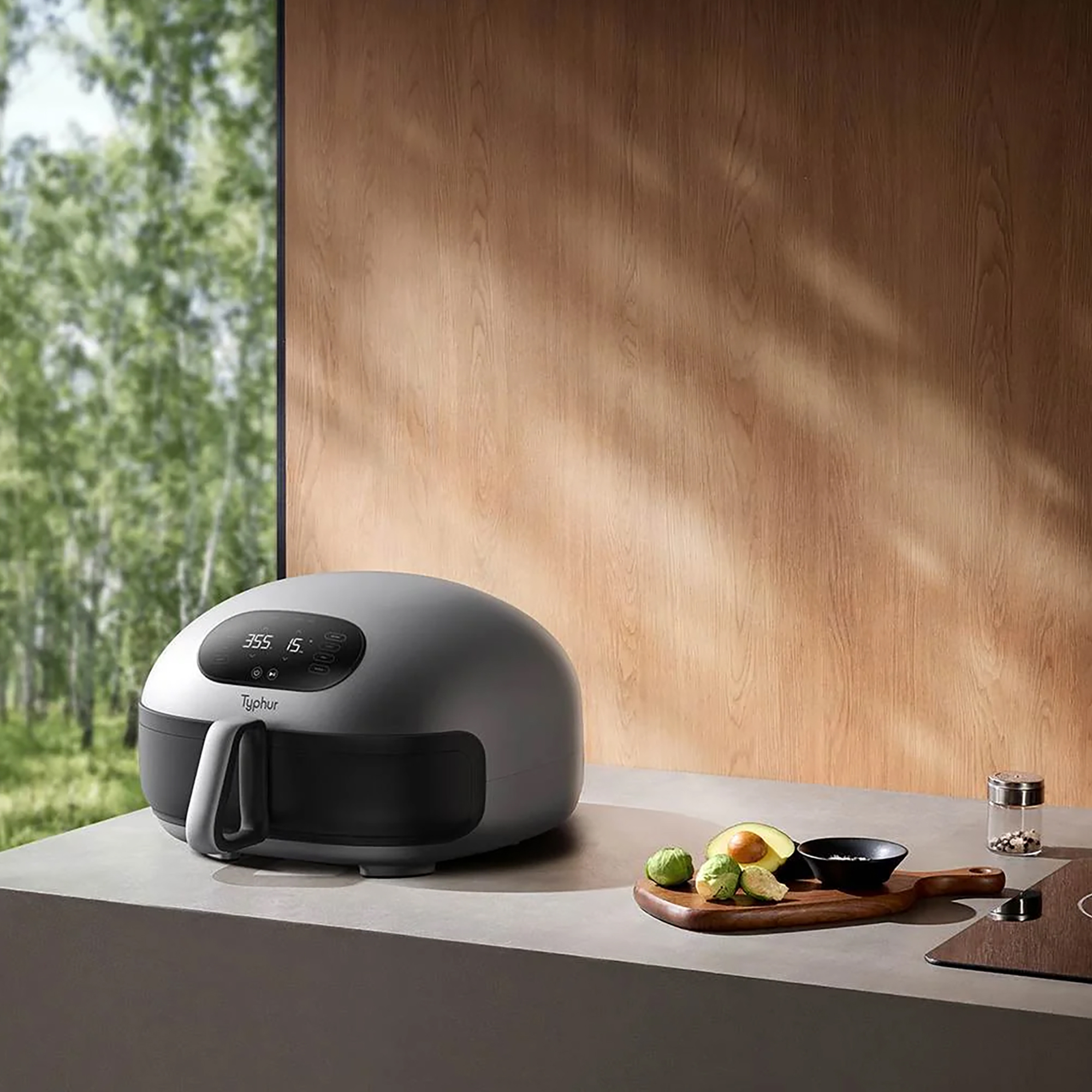 Typhur Dome 2 air fryer review – a glimpse into the future of air frying
Typhur Dome 2 air fryer review – a glimpse into the future of air fryingThe Typhur Dome 2 cooks food brilliantly and has all sorts of benefits, but is it worth the £499 price tag?
By Ellen Manning
-
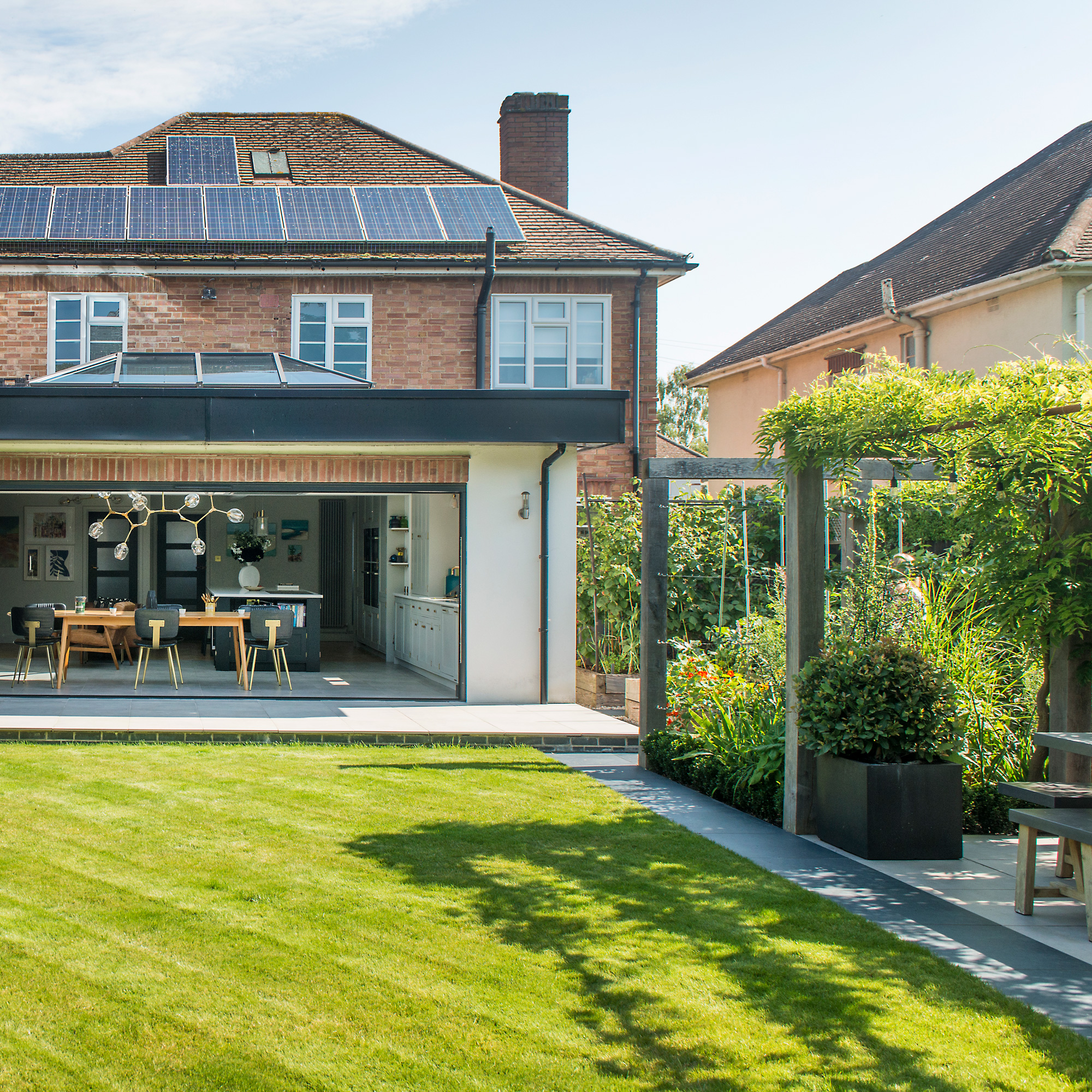 In creating their lush multi-use garden, the owners have cleverly futureproofed the space for years to come
In creating their lush multi-use garden, the owners have cleverly futureproofed the space for years to comeWith a zone for dining, a veg plot, a relaxing sun trap, and space for quiet contemplation
By Ginevra Benedetti
-
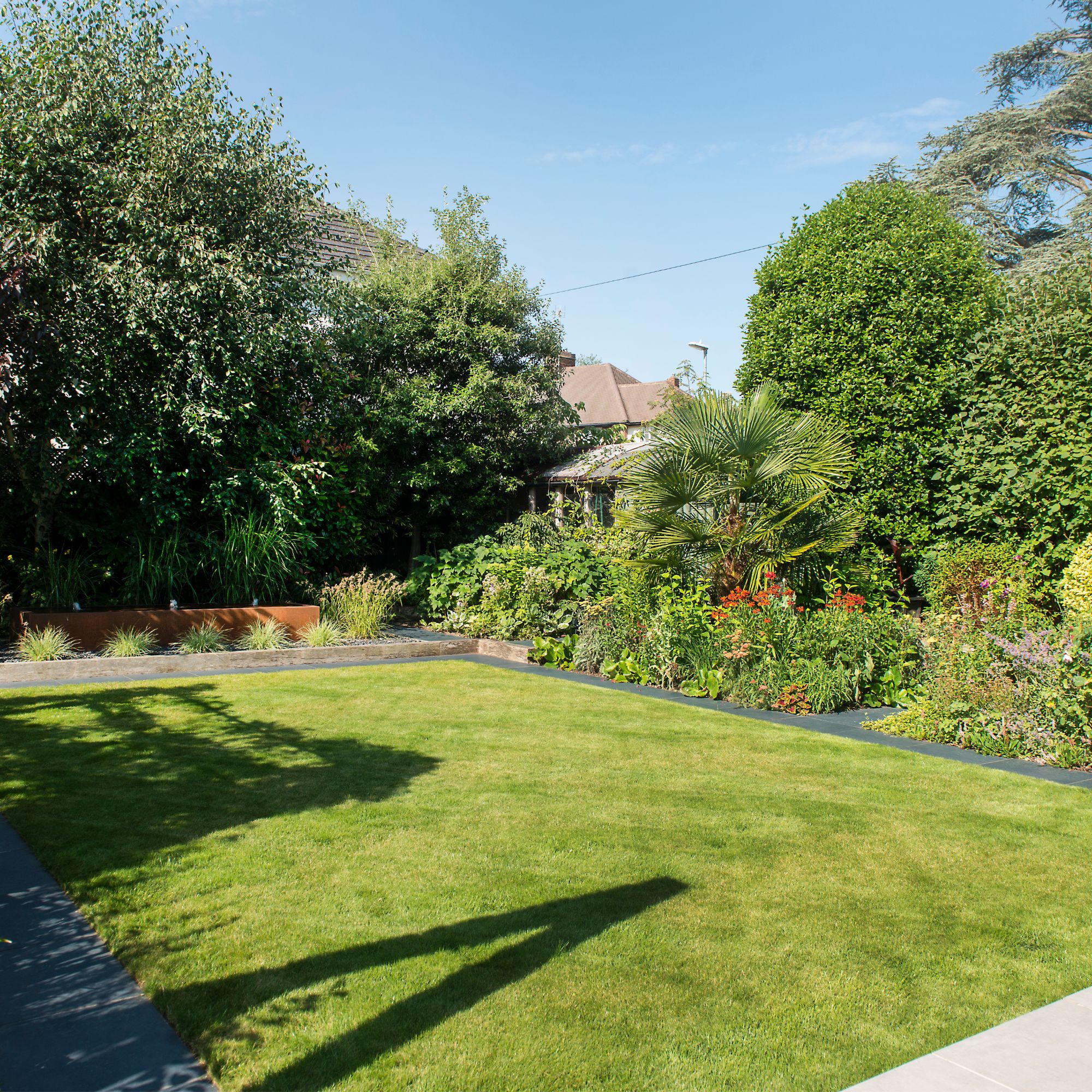 5 reasons why your grass seed isn’t growing and what you can do to help, according to garden experts
5 reasons why your grass seed isn’t growing and what you can do to help, according to garden expertsFor a lush, green lawn, you have to ensure the conditions are just right
By Kezia Reynolds
-
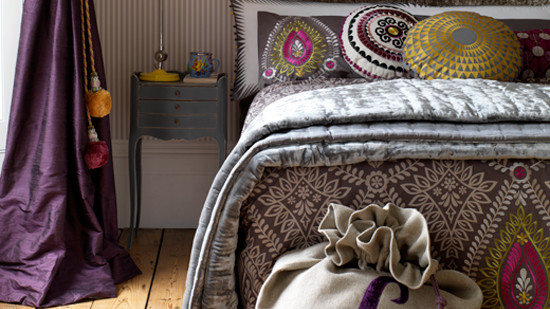 How to make a Christmas present sack
How to make a Christmas present sackEmbracing the craft trend? Follow Country Homes & Interiors' step-by-step guide on how to make a Christmas present sack
By Heather Young
-
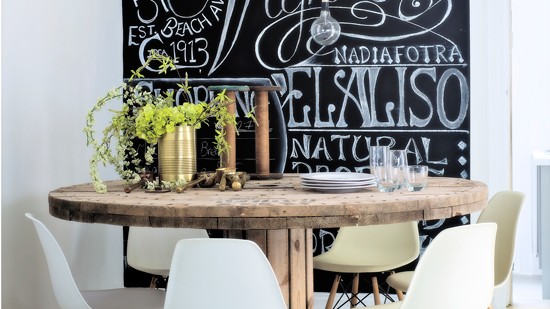 Blackboard paint craft ideas
Blackboard paint craft ideasMake a statement in your home with blackboard paint
By Heather Young
-
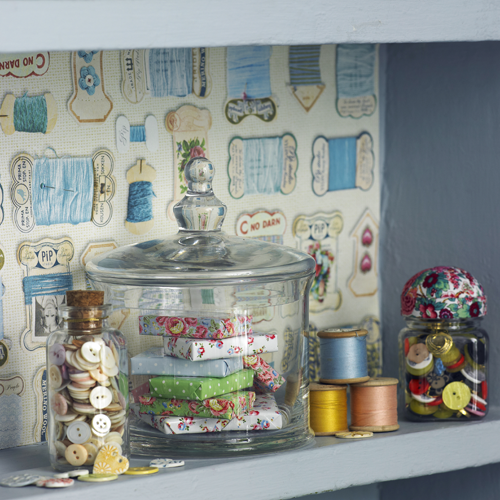 6 ways to organise your craft room
6 ways to organise your craft roomGet your craft room in order so you have the perfect space to work on your projects.
By Amy Hodge
-
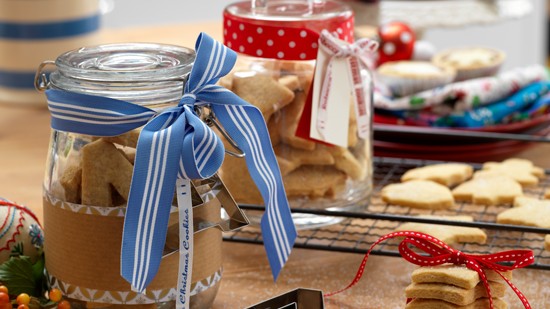 Handmade just-for-you gifts
Handmade just-for-you giftsGet into the festive spirit by handcrafting a special gift for a loved one
By Sara Bird
-
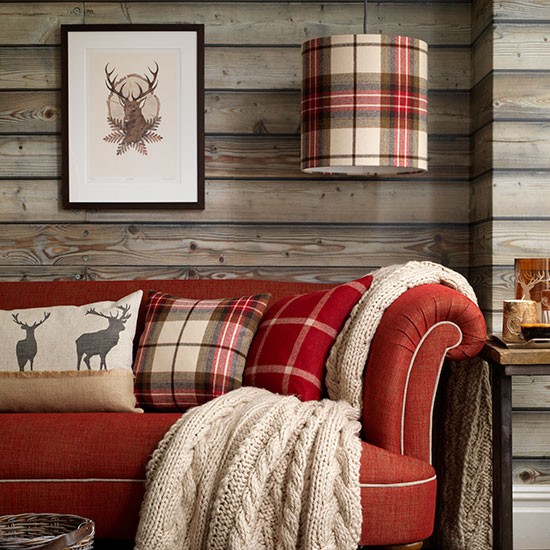 How to cover a drum lampshade
How to cover a drum lampshadeTake a look at Country Homes and Interiors simple instructions for covering a drum lampshade with fabric
By Sara Bird
-
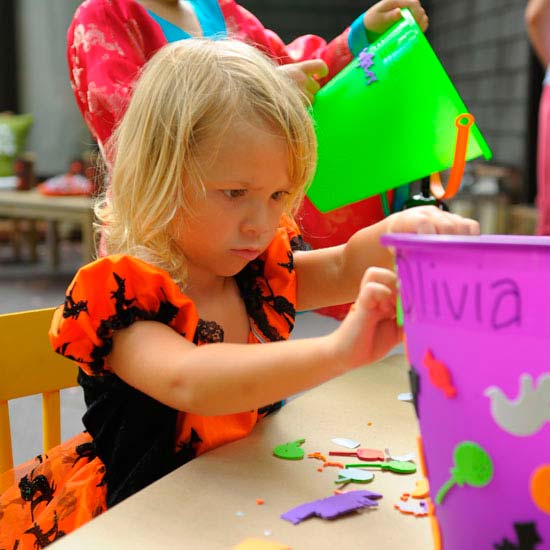 How to make Halloween trick-or-treat pots
How to make Halloween trick-or-treat potsMake something special for the little trick-or-treaters who knock at your door this Halloween
By Jennifer Drew
-
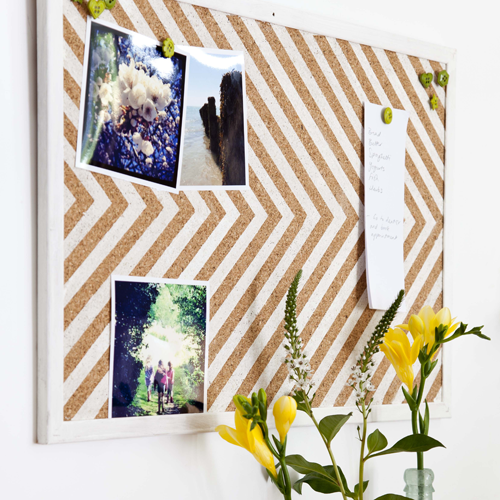 4 upcycling ideas that take less than 1 hour
4 upcycling ideas that take less than 1 hourFancy getting crafty this weekend? These fab upcycling ideas will take you no time at all.
By Amy Hodge
-
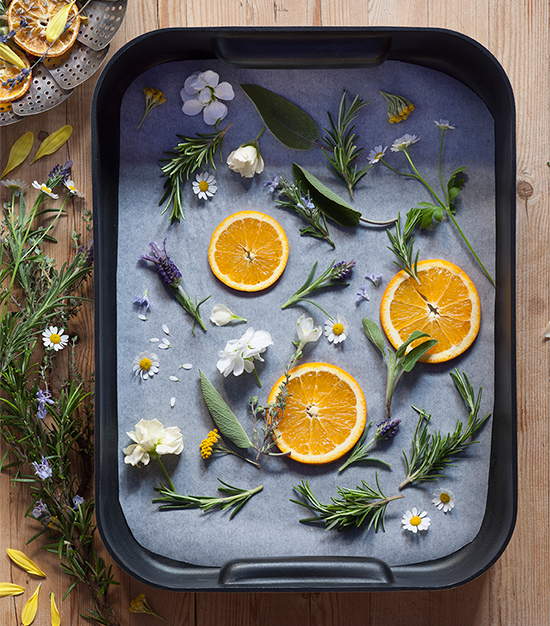 How to enjoy the scents of summer all year round
How to enjoy the scents of summer all year roundFill your home with easy-to-make aromatic citrus and herb fragrancers
By Ginevra Benedetti